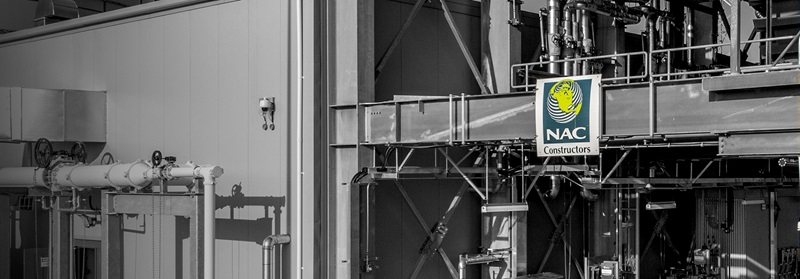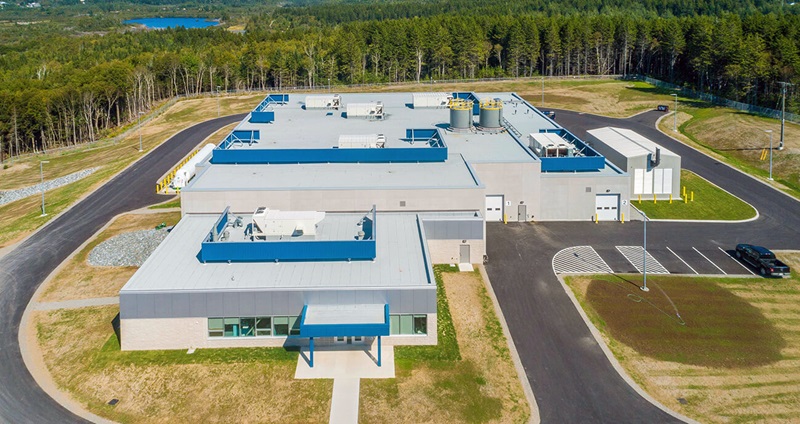
Public-Private-Partnership (P3)
Public-Private Partnership (P3 or PPP) is a project delivery method in which a government entity collaborates with a private sector company to finance, design, build, operate, and sometimes maintain a public infrastructure project. The private partner assumes a significant portion of the financial, technical, and operational risks associated with the project in exchange for potential returns over the project's life cycle.
Key Features:
- Private Financing: The private sector typically finances the initial construction costs, which can reduce the immediate financial burden on the public sector.
- Long-Term Agreement: P3 agreements often involve long-term contracts, where the private partner is responsible for aspects such as operation and maintenance, in addition to design and construction.
- Risk Sharing: Risks are allocated between the public and private sectors based on their ability to manage them. For example, the private sector might oversee construction and operational risks, while the public sector manages regulatory and policy-related risks.
- Performance-Based Payments: The private partner is usually compensated based on performance criteria, such as meeting construction deadlines, achieving operational standards, or maintaining infrastructure quality.
Advantages:
- Access to Private Capital: P3s enable governments to undertake large infrastructure projects without requiring full upfront financing, which can be particularly beneficial in times of budget constraints.
- Quality and Efficiency: The private sector's involvement often brings innovation, efficiency, and expertise that can lead to higher quality and more cost-effective project delivery.
- Risk Mitigation: By transferring certain risks to the private sector, the public entity can protect itself from cost overruns, delays, and other issues commonly associated with large projects.
- Life Cycle Focus: This method focuses on the entire project life cycle, promoting designs that reduce long-term maintenance and operational costs.
Disadvantages:
- Complex Contracts: P3 agreements can be complex and time-consuming to negotiate, often requiring specialized legal and financial expertise.
- Potential Higher Costs: While P3s can provide upfront savings, the long-term payments made to the private partner can sometimes result in higher overall costs compared to traditional methods.
- Reduced Public Control: The public sector may have less control over the project's execution and day-to-day operations, depending on the structure of the agreement.
- Profit Motivation: The private sector's profit motive may not always align with public interests, leading to potential conflicts, particularly in areas like service quality or accessibility.
Applications:
P3s are commonly used for large-scale infrastructure projects, such as highways, bridges, airports, water treatment facilities, and public buildings, where the benefits of private sector involvement and long-term management can be fully realized. They are especially valuable when public funds are limited and when the project is complex or requires specialized expertise.

Related Projects
-


Saint John Safe Clean Drinking Water Project
Saint John,
New Brunswick


-saint-john-water-treatment-plant/272---saint-john-safe-clean-drinking-water-project---3.tmb-cfthumb_fb.jpg?Culture=en&sfvrsn=f8e97354_1)
-saint-john-water-treatment-plant/272---saint-john-safe-clean-drinking-water-project---4.tmb-cfthumb_fb.jpg?Culture=en&sfvrsn=7bd6626d_1)